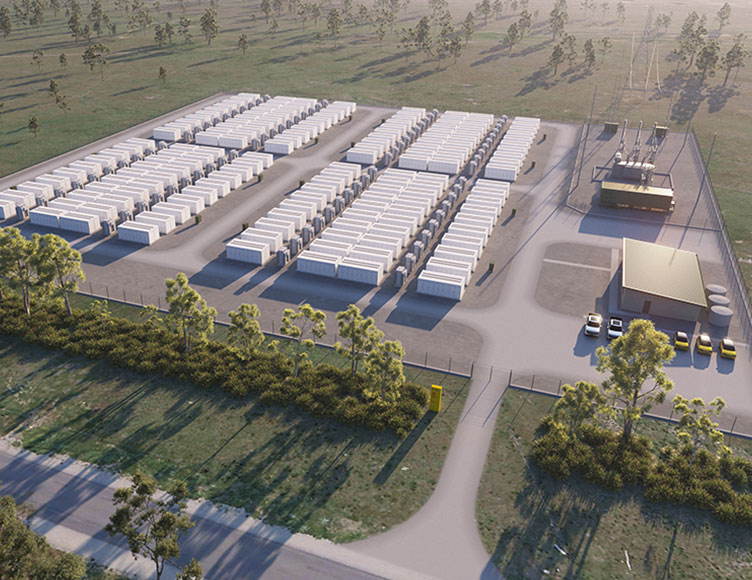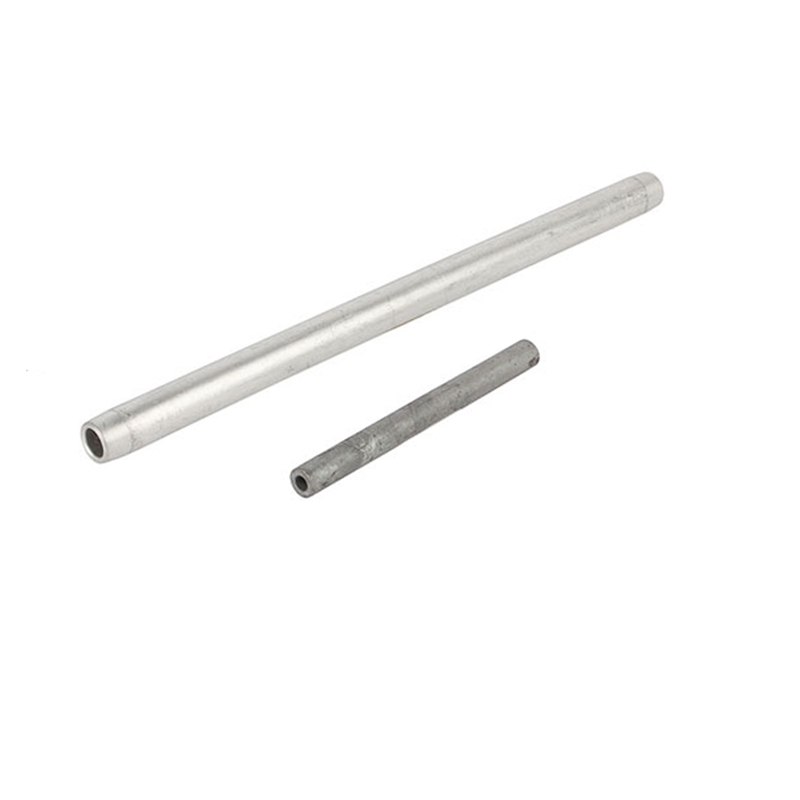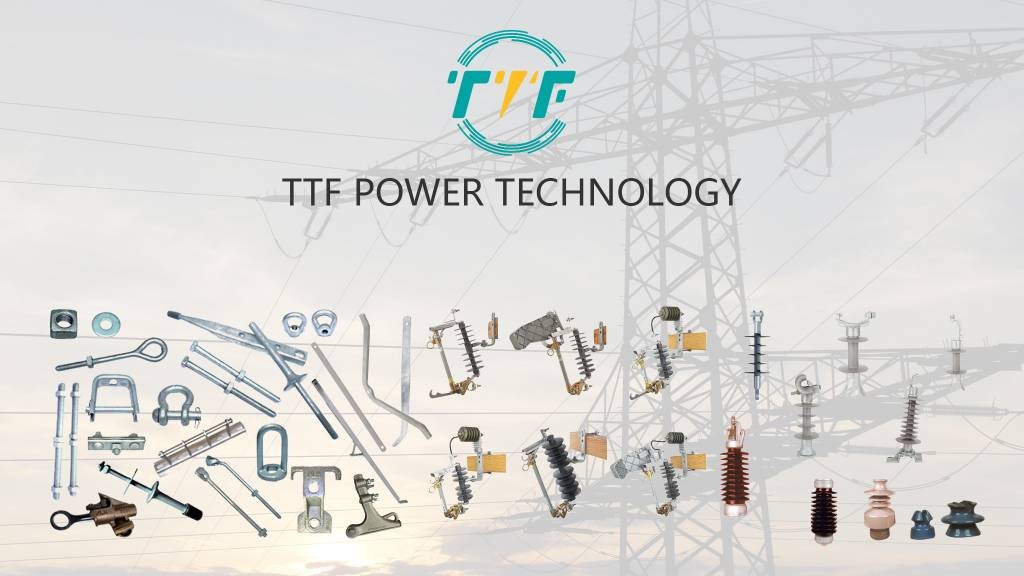
Battery energy storage systems (BESS) play an important part in Chile’s energy landscape, utilizing the country’s massive resources. The Atacama Desert has abundant solar resources and wind possibilities. Chile has risen to the top of South America’s renewable energy adoption rankings. Most renewable energy sources are intermittent, necessitating significant energy storage technologies to maintain grid stability and reliability. BESS offers rapid grid stabilization services such as frequency regulation and voltage management. They contribute to grid reliability and lessen the need for fossil-fuel-powered peaking facilities. BESS allows for energy shifting, storing energy during off-peak hours and releasing it when demand is high. The use of compression splices in BESS ensures that electrical connections are reliable throughout the infrastructure. This is crucial for the efficient and safe operation of the energy storage systems.
A compression splice is an electrical connector that joins two or more conductors. It compresses the wires together with a mechanical tool to form a low-resistance, high-reliability connection. Compression splices help to increase renewable energy production and ensure the reliability of Chile’s electrical infrastructure. This is accomplished by facilitating scalability, lowering maintenance requirements, and increasing system efficiency. However, the splices must be able to survive adverse environmental conditions such as excessive temperatures, dust, and humidity.
The role of compression splices in BESS development in Chile
Compression splices are critical components of Chile’s electrical infrastructure for battery energy storage systems. Splices join, lengthen, and reinforce electrical lines, ensuring that energy is transmitted efficiently and safely. Metlen & Metals Energy BESS may also employ compression splices to enable efficient power transfer from batteries to the grid, dependable and long-lasting connections, and smooth integration with Chile’s renewable energy network. Here are the functions of compression splices in BESS.

- Ensuring secure electrical connections—compression splices join two conductors together by applying mechanical pressure. This creates a permanent and low-resistance connection. The connections help maintain consistent energy flow and reduce power loss.
- Improving electrical conductivity—compression splices provide tight, high-conductivity connections and reduce resistance.
- Enhancing mechanical strength—BESS facilities need high-performance electrical infrastructure that can withstand harsh environmental conditions. Compression splices reinforce and protect cable joints from mechanical stress, vibrations, and thermal expansion.
- Ease of grid integration & expansion—new energy storage facilities must be integrated with existing grid infrastructure. Compression splices enable seamless extension of power lines to help connect storage systems to solar farms, wind farms, and substations.
- Supporting high-voltage & high-capacity energy transfer—Chile’s large-scale BESS projects involve high-voltage transmission. This needs reliable and robust electrical joints. Compression splices are able to handle high current loads to ensure the system can deliver power efficiently.
- Reducing maintenance & repair costs—compression splices form a permanent bond, which necessitates less maintenance over time. This is crucial in remote BESS locations where maintenance can be costly.
Significant investments in expanding Chile’s BESS.
Chile’s energy sector is experiencing tremendous growth in battery energy storage systems due to various investments. The investments are intended to improve renewable energy integration and grid stability in Chile. Investments also show Chile’s commitment to extending BESS infrastructure to support a more sustainable and resilient energy industry. The investments in BESS development in Chile are as follows.

- Utility-scale BESS projects—this includes the Coya BESS developed by Enel with a capacity of over 400 MWh. It supports the integration of renewable energy into Chile’s grid. It also includes the Andes Solar BESS with a large-scale BES to store excess solar energy and provide grid stability.
- Hybrid solar-plus-storage projects—various projects combine solar PV with BESs to ensure a stable energy supply. For instance, the Cerro Dominador solar project includes a 110 MW solar PV plant and a 17.5 MW BESS.
- International and domestic investment—companies such as AES Corporation, Enel, and Fluence have invested in Chile’s BESS market. The investments play a crucial role in bringing global expertise and technology.
- Green hydrogen and BESS synergy—Chile’s green hydrogen aims to position the country as a global leader in green hydrogen production. Investments in BESS can provide the stable and reliable energy supply needed for electrolysis.
- Public and private sector collaboration—the Chilean government collaborates with private sector players to promote BESS investments. Public-private partnerships are crucial in advancing BESS technology and deployment in Chile.